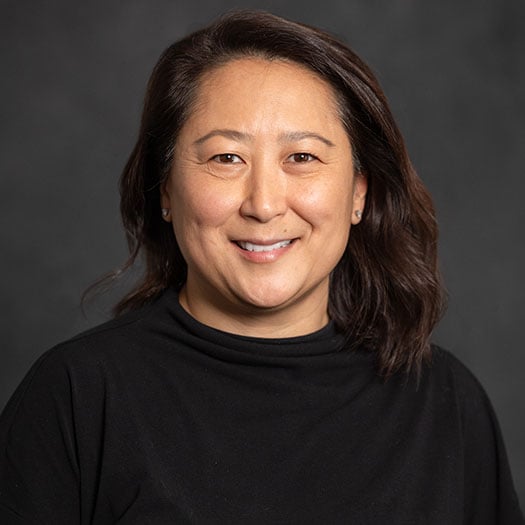Condition
Pediatric Osteosarcoma
Key points about osteosarcoma (Osteogenic sarcoma)
- Osteosarcoma is cancer of the bone. It’s rare, but it's the most common type of bone cancer children and teens.
- Symptoms can include bone pain, swelling, or a lump (mass).
- The cancer may show up on an X-ray or on other imaging tests. It's diagnosed with a biopsy.
- The biopsy and surgery should be done by an orthopedic surgeon with experience treating osteosarcoma.
- Treatment is usually chemotherapy and surgery. Surgery may be limb-sparing or amputation.
- Ongoing follow-up care during and after treatment is needed.
Frequently Asked Questions
What is osteosarcoma?
Osteosarcoma is very rare, but it's the most common kind of bone cancer in children and teens. It's most common in teens and young adults.
Osteosarcoma is cancer that starts in the bone. The cancer (malignant) cells look like immature bone cells. The bone they form is not strong.
The cancer most often grows in the ends of long bones, most often the bottom of the thigh bone (femur) and the top of the larger shin bone (tibia). The top of the upper arm bone (humerus) close to the shoulder is another common place it starts.
Your child's treatment team can explain the type your child has and what it means.
What causes osteosarcoma in children?
The exact cause is not known. Cancer is caused by changes in the DNA of the cells. In most cases of osteosarcoma, these changes are not passed on from parents to children. They happen by chance.
Which children are at risk for osteosarcoma?
A child with certain rare genetic cancer syndromes may be at higher risk of osteosarcoma. Having radiation or chemotherapy treatment for other cancers also increases the risk.
Other risk factors for osteosarcoma include:
- Age between 10 and 30 years
- Tall height
- Male sex
- Certain bone diseases
What are the symptoms of osteosarcoma in children?
Symptoms can be different in each child. They can include:
- Bone or joint pain at the tumor
- Swelling at the tumor
- Lump (mass) in the affected bone
- Increased pain with activity or at night
- A bone that breaks for no known reason
The symptoms of osteosarcoma can be a lot like other, more common health conditions. Make sure your child sees a healthcare provider for a diagnosis.
How is osteosarcoma diagnosed in children?
Your child's healthcare provider will ask about your child's health history and symptoms. He or she will examine your child. Your child may be referred to a specialist. This may be a bone specialist (orthopedic surgeon) or a bone cancer specialist (orthopedic oncologist). Your child may need tests such as:
- X-ray. An X-ray uses a small amount of radiation to take pictures of bones and other body tissues.
- Blood tests. Osteosarcoma can cause changes in some blood tests. For instance, liver tests and the erythrocyte sedimentation rate (ESR) may be higher than normal. Blood tests also give an idea of your child's overall health.
- CT scan. This test uses a series of X-rays and a computer to make detailed images of the inside of the body.
- MRI. This test uses large magnets, radio waves, and a computer to make detailed images of the inside of the body.
- Bone scan. A small amount of radioactive tracer is put into a vein. It travels through the blood. Then the whole body is scanned. The tracer collects in parts of bone where there may be cancer.
- Positron emission tomography (PET) scan. For this test, a radioactive sugar is put into the bloodstream. Cancer cells use more sugar than normal cells, so the sugar will collect in cancer cells. A special camera is used to see where the radioactive sugar is in the body. A PET scan can sometimes spot cancer cells in different parts of the body, even when they can’t be seen on other tests. This test is often used along with a CT scan. This is called a PET/CT scan.
- Biopsy of the tumor. A small piece (sample) of the tumor is taken and tested for cancer cells. A biopsy is needed to diagnose osteosarcoma. The biopsy may be done with a needle or with surgery. It’s very important that a biopsy be done by a doctor with experience and knowledge about bone tumors.
After a diagnosis of osteosarcoma, other tests might be done. These help your child's healthcare providers learn more about the cancer. They can show how much and how far the cancer has spread (metastasized) in your child's body. A stage grouping is then assigned.
A commonly used staging system uses stage groupings with a value of 1 to 3. They are written as Roman numerals I, II, and III. Some staging systems add a stage 4 (IV). The higher the number, the more cancer there is and the more it has spread. Letters and numbers can be used after the Roman numeral to give more details.
Staging for osteosarcoma also takes into account the grade of the cancer. This is a measure of how much the cancer cells look like normal cells. A 1 or 2 is used. In grade 1 (G1) tumors, the cancer cells look a lot like normal cells and tend to grow and spread slower than grade 2. This may also be called a low-grade tumor. Grade 2 (G2) is called high grade, and the cells look very different from normal cells. They tend to grow and spread quickly.
When working on a treatment plan, some providers use a simpler way describe osteosarcoma:
- Localized means the cancer is only in the bone and nearby tissues. Most osteosarcomas are localized when they're first found.
- Advanced or metastatic means the cancer has spread to other parts of the body, like other bones or the lungs.
Localized osteosarcoma then falls in 1 of these groups:
- Resectable means all of the tumor can be taken out with surgery.
- Unresectable or non-resectable tumors can't be completely removed.
The stage of a cancer is one of the most important things to know when deciding how to treat the cancer. Be sure to ask your child's healthcare provider to explain the stage of your child's cancer to you in a way you can understand.
How is osteosarcoma in children treated?
Treatment will depend on the stage and other factors. Osteosarcoma can be treated with any of these:
- Surgery. Surgery may be done to try to save the arm or leg. This is called limb-salvage or limb-sparing surgery. Or surgery may be done to remove an arm or leg (amputation). Surgery may also be done to remove tumors in other parts of the body.
- Chemotherapy. This is treatment with strong drugs that kill cancer cells. They're usually given before surgery to help shrink the tumor. They may also be given after surgery. to help kill any cancer cells still in the body. Chemotherapy is given in cycles with periods of rest.
- Radiation therapy. These are high-energy X-rays or other types of radiation used to kill cancer cells or stop them from growing. Radiation is not often used to treat osteosarcoma. It may be used when a tumor can’t be fully removed with surgery. Or it may be used to slow the growth of a tumor and control symptoms. A radioactive medicines may also be given into a vein (IV). It collects in the cancer cells and kills them.
- Targeted therapy. These drugs target changes that are mostly in or on cancer cells. This allows them to kill cancer cells and limits damage to normal cells.
- Clinical trials. Ask your child's healthcare provider if there are any treatments being tested that may work well for your child. Clinical trials are a good way to get the best treatment available along with new treatment that might be better.
With any cancer, how well a child is expected to recover (prognosis) varies. Keep in mind:
- Getting medical treatment right away is important for the best prognosis. Cancer that has spread is harder to treat.
- Ongoing follow-up care during and after treatment is needed.
- New treatments are being tested to improve outcomes and lessen side effects.
What are the possible complications of osteosarcoma in children?
Some problems linked to osteosarcoma or its treatment include:
- Infection or bleeding from surgery
- Loose or broken grafts or rods after limb-salvage surgery
- Hair loss, mouth sores, nausea, vomiting, diarrhea, increased risk of infection, easy bruising and bleeding, and feeling tired from chemotherapy
- Skin irritation, hair loss, nausea, diarrhea, poor bone growth, organ damage, and new cancers from radiation
- Emotional and physical challenges from the tumor, surgery, or other treatments
- Heart and lung problems from chemotherapy or targeted therapy
- Problems with growth and development
- Problems with the ability to have children (fertility) in the future
- Return of the cancer (recurrence)
- Growth of other cancers later in life (secondary cancers)
How can I help my child live with osteosarcoma?
A child with osteosarcoma needs ongoing care. Your child will be seen by oncologists and other healthcare providers to treat any late effects of treatment and to watch for signs or symptoms of the tumor returning. Your child will be checked with imaging tests and other tests. Your child may need to see other healthcare providers for problems from the tumor or from treatment. Your child may need therapy to help with movement and muscle strength. This may be done by physical and occupational therapists.
You can help your child manage treatment in many ways. For instance:
- Your child may have trouble eating. A dietitian may be able to help.
- Your child may be very tired. He or she will need to balance rest and activity. Encourage your child to get some exercise. This is good for overall health. And it may help to lessen tiredness.
- Get emotional support for your child. A counselor, therapist, or child support group can help.
- Make sure your child attends all follow-up appointments.
When should I call my child’s healthcare provider about my child's osteosarcoma?
Your child's treatment team will talk with you about problems you should watch for and what changes they need to be called about right away. Be sure you know what number to call if you have questions or concerns after office hours or on weekends or holidays.
You might be told to call the healthcare provider if your child has:
- Symptoms that get worse or don't get better with treatment, like vomiting even though you've been using anti-nausea medicines.
- New symptoms
- Side effects from treatment, such as:
- Fever
- Chills
- Shortness of breath
- Cough
- Diarrhea
- Trouble eating or drinking
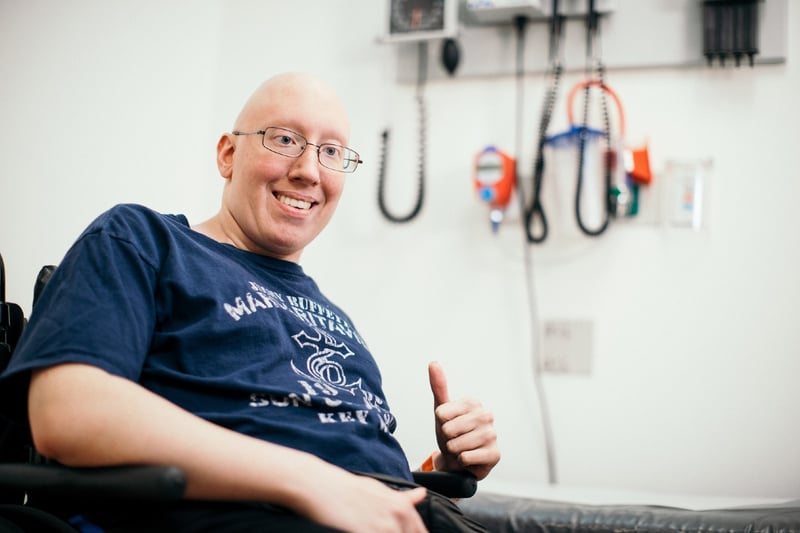
Solid Tumor Treatment at Children's National Hospital
Children’s National is home to a team of dedicated pediatric sarcoma experts who provide advanced care and access to clinical trials for your child. Discover more about the treatments we offer.

Providers Who Treat Osteosarcoma
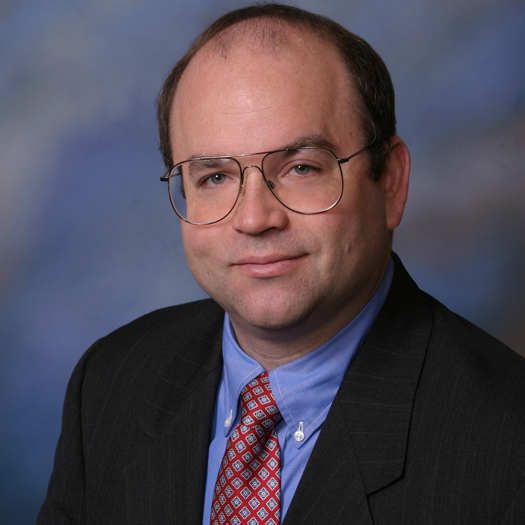
Robert Mikael Henshaw, MD
- Director, Orthopaedic Oncology
- Orthopaedic Surgeon
- Bone and Soft Tissue Tumor Specialist
Robert Mikael Henshaw, MD
Locations
Departments
Nita Louise Seibel, MD
Locations
Departments
Jul 22, 2024
Helping Maddie to Live Life to the FullestMaddie is a lively, creative teen who loves to act. Research at Children's National Hospital helps to ensure that her rare disease doesn"t upstage her big theater plans or her love of life.
Jun 27, 2024
Convenient Care for CharlotteWhen Charlotte was a toddler, a respiratory illness led to a diagnosis of a rare and dangerous immune deficiency called ICF syndrome. A bone marrow transplant at age 5 at Children’s National helped save her life.
May 20, 2024
Omid Conquers Fear with MusicOmid never liked going to the dentist. Dr. Aleger changed that with a little trust, and his favorite tunes.
Departments that Treat Osteosarcoma

Oncology
Our oncology (cancer) team provides personalized treatment plans for children with cancer, including access to clinical trials.
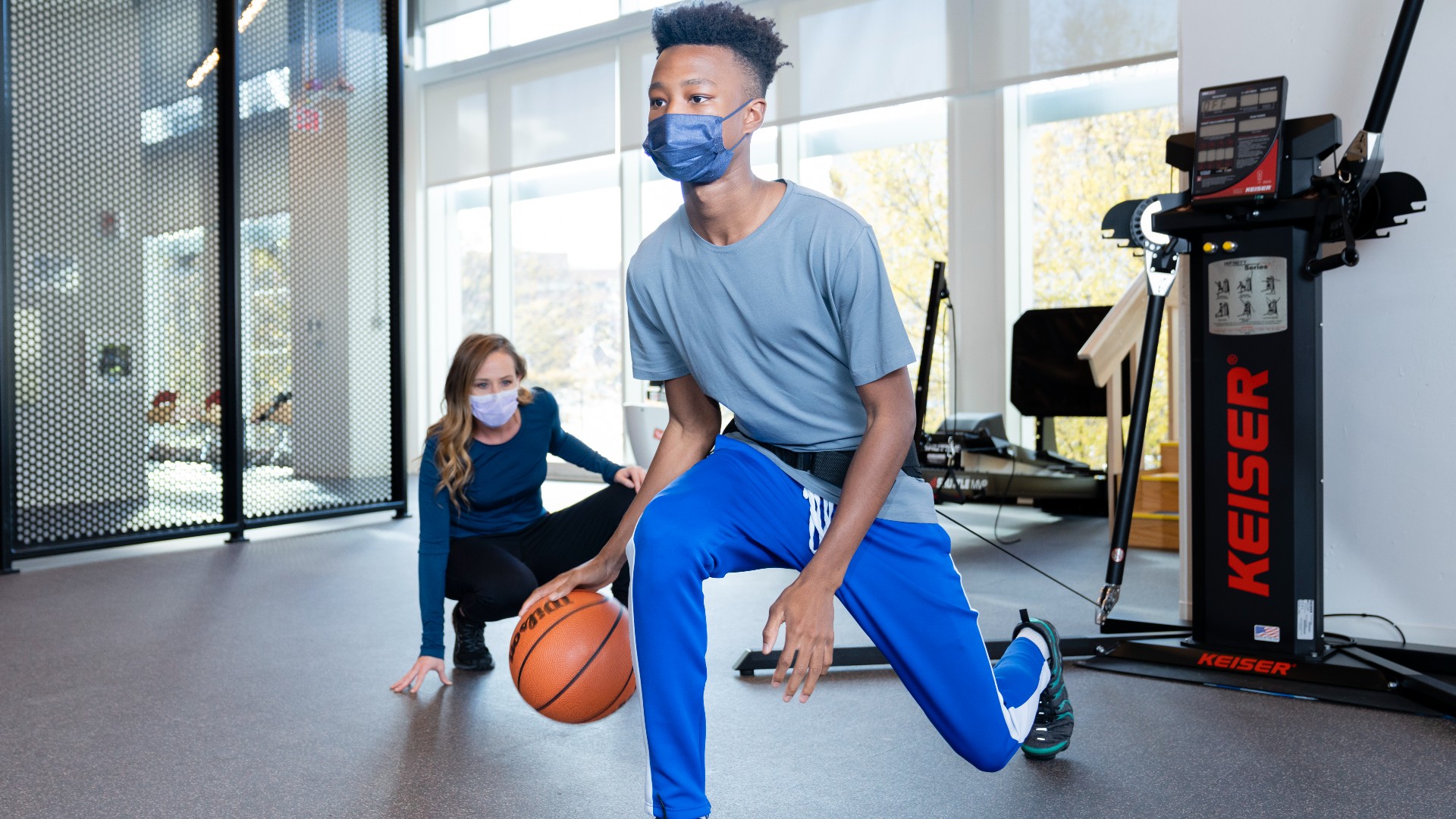
Orthopaedic Surgery and Sports Medicine
From sprains and strains to complex congenital conditions, Children’s National Hospital offers one of the most experienced pediatric orthopaedic practices in the nation with experience in treating all areas from head to toe.
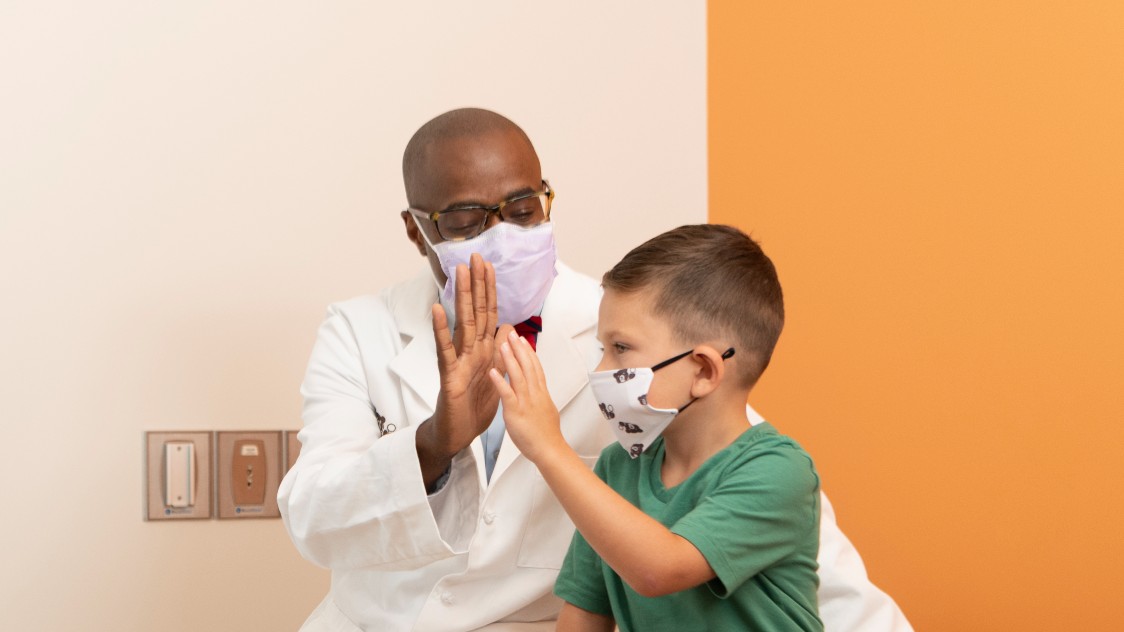
Solid Tumor Program
Our Solid Tumor Program has a dedicated team of sarcoma experts who specialize in the newest treatments and clinical trials.






